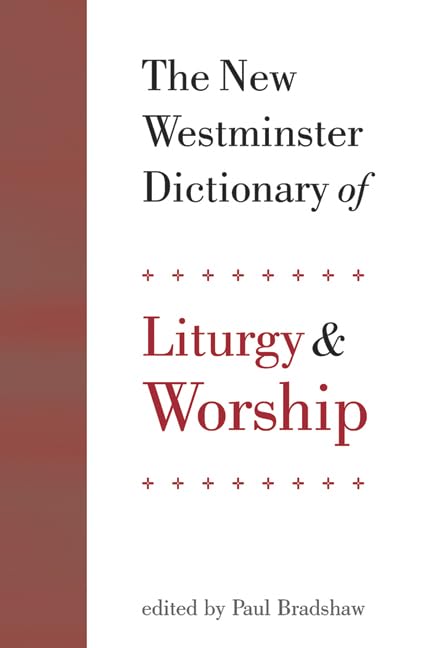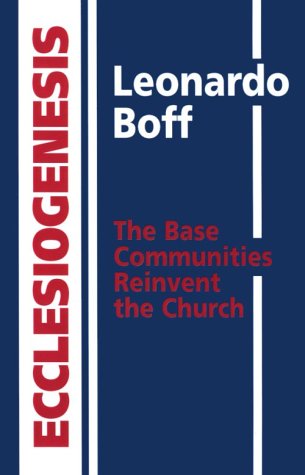The Hymns of Luke’s Infancy Narratives: Their Origin, Meaning and Significance
Written by Stephen Farris Reviewed By Max TurnerThe subtitle indicates the structure of the book. Part 1 is a study of the origin of the three hymns. Farris commences by asking whether the hymns are Lucan creations, and finds considerable evidence that they are not: rather, he argues, Luke has attached them to their present contexts redactionally, adding v. 48 to the Magnificat and vv. 76–77 to the Benedictus to anchor them to their contexts. Luke uses the hymns to bring out the significance of the narratives.
Farris then asks about the original language of the hymns, and of Lk. 1–2 generally. Clearly they are written in Semitic flavour—but is this because they are translated from a Hebrew or Aramaic source? Or is Lk. 1–2, as Harnack argued, a pastiche of septuagintalisms? R. E. Brown quipped that the linguistic opponents had fought themselves to a draw on the issue, but Farris, using and developing R. Martin’s 17 syntactic criteria, is able to show that Lk. 1–2 has all the syntactic structure frequencies of Translation Greek, not of Original Greek (and this more markedly than many sections of the LXX sampled, and much more so than Paul or the Apocalypse), whereas the second half of Acts witnesses to the fact that Luke is not himself naturally a Semiticizing writer; for here the syntactic structure frequencies are as purely Greek as Plutarch, and there are no features of Translation Greek. Now Luke might have been able to imitate LXX vocabulary and idiom to give an archaic impression in the infancy narratives, argues Farris, but he would not have been able consistently to hit the usual Translation Greek ratios of en to other prepositions; kai copulatives to des; preceding dependent genitives to post-substantive genitives; etc. The high incidence of Translation Greek features in Lk. 1–2 shows Luke is using a source of Semitic origin. This conclusion may not be novel, but it is now well grounded with convincing argument—this is a major contribution.
Next, Farris turns to the form of the hymns, and enters on a long discussion as to whether they are ‘Eschatological Hymns’ (Gunkel) or ‘Declarative Psalms of Praise’ (Westermann). The distinction may sound unimportant, but in fact it proves crucial. If ‘Eschatological Hymns’, then the aorists merely celebrate the certainty of as-yet-purely-future salvation events. If they are ‘Declarative Psalms’ they are to be understood as praise to God arising immediately out of a specific situational saving intervention: i.e. the aorists genuinely point to a past event. Farris shows the Lucan hymns fall in the latter category.
This has considerable implications for decisions about the setting in which the psalms first circulated—the topic of Farris’ next chapter. They can no longer be regarded as hymns expressing traditional Jewish hope for the future arrival of a messianic figure (as has so often been argued): for they rejoice that a Davidic (at least in the Benedictus) messiah has actually appeared. So they are definitely Jewish and Christian psalms (not originally e.g. Jewish psalms redacted to apply to the Baptist, as Bultmann et al. had maintained).
Part 2 on the meaning of the psalms gives a brief introductory chapter on the use of them made by Luke’s insertion of them in the development of themes in Lk. 1–2, and then gives a detailed, but unremarkable, commentary on each of the psalms individually. Part 3 (brief) on the significance of the hymns (for Luke-Acts) argues that the theology of promise-and-fulfilment and of ‘Israel’ in the hymns comes close to Jervell’s understanding of these themes in the rest of Luke-Acts (i.e. ‘Israel’ is not a title for the church, but for national and, especially, believing Israel—the messianic ‘restoration’ of which leads to the influx of Gentiles as an ‘associate people of God’).
Parts 2 and 3 are good, but Part 1 is really the guts of this revised (even readable!) Cambridge PhD thesis researched at Tyndale House.
Max Turner
London Bible College







